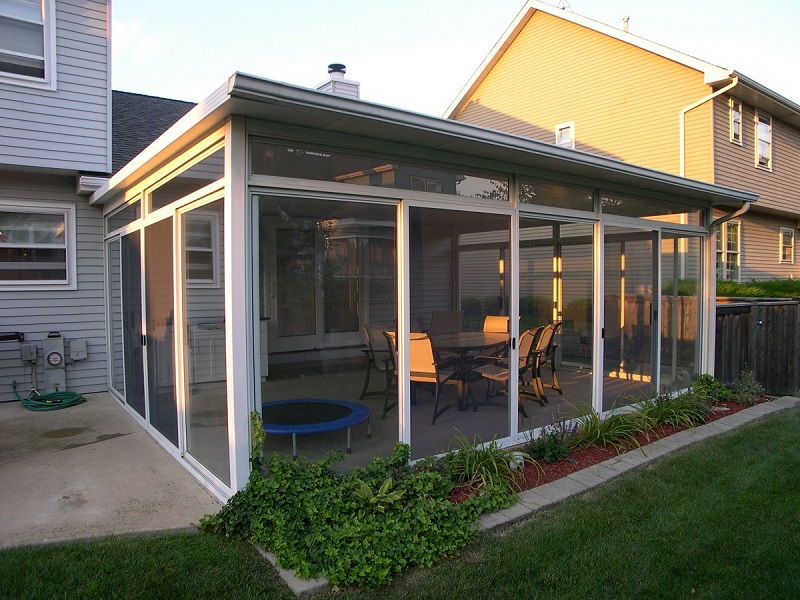
What Are The Safest And Effective Carpet Cleaning Products?
September 22, 2019Should You Install Window Film On Your Windows?
September 22, 2019The time has come to increase the space of your home, you’re just not sure how to go about planning a home addition. Don’t worry, BNW Builders is going to walk you through all of the basics from start to finish because, let’s face it, any type of home improvement job can seem rather daunting if you try to do everything all at once.
So let’s take the headaches and guesswork out of the equation and get you started on the road to installing some beautiful new square footage to your home with these home addition planning basics.
Table of Contents
ToggleDecisions, Decisions
First things first, what kind of home addition do you want? Maybe you’re not completely sure what it’s all going to look like, you just have some ideas of what needs to be in there. Are you simply interested in having more available living or storage space or do you have more specific intentions as to why you’re building onto your home?
Perhaps you have a new member of the family coming in and you need a nursery or that man-cave you’ve been dreaming of has finally become a reality. Once you know what it is you want or need in this brand new portion of the home, it can be much easier to proceed.
This includes deciding on the particular features that must be included, whether that means the construction of an entirely new bathroom or simply installing a fireplace, get it all down on paper so you have a checklist of things that are important.
Money Matters
The decision-making process as to what you want and need in your new home addition is always the fun part, especially when you compare it to this next step – the finances. Many homeowners believe this is the part where those dreams of the ultimate renovation project become dashed with the realities of your financial picture.
But this doesn’t have to be the case. You can still get the home addition you want and need, but it may undergo some slight adjustments based on the amount of money you have to spend on it. Take a good long look at your financial situation to see the resources at your disposal. Consider what you have in the bank, the equity you’ve built in your home, and any investments that you may wish to convert into cash.
You may also want to look into any mortgage and home improvement loan options. Is your credit rating good or excellent? Can you take on an additional monthly payment and, if so, how many?
Calculating the amount of money that is now currently or could be available in the future for you to pay off the project will help you determine how much of an addition you can plan on constructing.
Assess the Project
You have a general or possibly even more specific idea of what it is you want to build and you’ve run the numbers as to what you have at your fingertips, now you need to know what this all really means with respect to the actuals of the project you wish to mount.
Examine the exact location of where you plan to build. That includes where the addition is going to go and the surrounding environment. Do you need to clear out trees and brush? Are there any free-standing obstacles that will need to be removed or replaced? Better yet, what is currently standing in a way that cannot be moved or replaced? That includes things like power lines and poles, septic tanks, or other underground equipment you will need to plan to move around. Knowing all of these things ahead of time will also help you to determine the size and scope of the project you’re planning to get off the ground.
Check Your Local Laws And Statutes
Before you start any renovation project, you must check the local laws and codes that govern construction jobs in your area. You may be forced to comply with certain height restrictions, design limits, and other various ordinances that must be addressed or you could be paying hefty fines and other legal costs.
You may also need to hire certain professionals to do the work for you or be assessed penalties since certain types of work may only be performed by specific contractors.
Build Your Budget
Now you’ve compiled all of the necessary data for your home addition, it’s time to start to create a budget. Are you going to do some of this work yourself? That might help you save on some costs, but don’t try to cut corners solely to save some money. If you can’t do the work properly or you hire the wrong contractor, you could end up paying even more than you expected.
Calculate rough estimates of all your costs and see if your home addition is in or near your budget. If not, you may need to start rethinking some of your plans. But if you’re on the mark, it’s time to get started on that new home addition!

